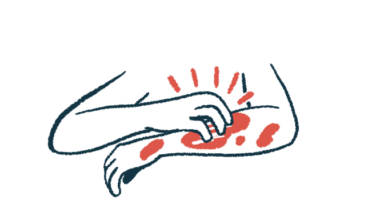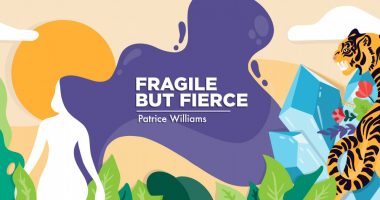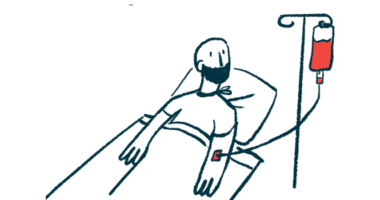Allogeneic Fibroblast Injections into Skin Lesions Are Safe, Effective for RDEB, Study Shows

Allogeneic fibroblast injections are an effective and safe treatment strategy for non-healing wounds in patients with recessive dystrophic epidermolysis bullosa (RDEB), new research from Russia shows.
The study, “Allogeneic fibroblast cell therapy in the treatment of recessive dystrophic epidermolysis bullosa,” was published in the journal Wound Medicine.
Patients with RDEB have trauma-induced or spontaneous blistering of the skin and mucous membranes due to a loss of a structural skin protein called type VII collagen (C7).
The blistering observed in patients with RDEB is often accompanied by non-healing wounds that predispose patients to the development of squamous cell carcinoma. In an effort to increase healing rates, injections of allogeneic fibroblasts into skin lesions have been suggested.
Fibroblasts are a type of cell that synthesize the proteins necessary for maintaining a proper skin structure. Allogeneic fibroblasts refer to fibroblasts obtained from a genetically similar, but not identical, donor. This could include a relative, but it could also be an unrelated donor.
The effectiveness of allogeneic fibroblast injections into skin lesions has been demonstrated in several preclinical studies and clinical trials.
Now, researchers from the State Research Center of Dermatovenerology and Cosmetology in Moscow set out to determine the efficacy of injecting either 5 million cells/mL, 10 million cells/mL, or 20 million cells/mL of allogeneic fibroblasts in a 1 mL suspension into skin lesions of patients with RDEB.
In total, six RDEB patients were injected with the suspension of allogeneic fibroblasts.
Lesions that were older than one month, with a surface area between 2 cm2 and 28 cm2, were selected for treatment. As controls, similar lesions were injected with vehicle solution — 1 ml suspension without fibroblasts.
All lesions were assessed for healing rate and biopsied at baseline and at two weeks after treatment.
As expected, results showed that C7 protein had an abnormal staining pattern in all skin biopsy specimens at baseline (before treatment).
Interestingly, researchers saw an increase in the healing rate at 14 days after administration of allogeneic fibroblasts into skin lesions. This was also observed in lesions that were injected with the solution. In fact, both types of injection were associated with the complete closing of some lesions.
But lesions that were treated with allogeneic fibroblasts demonstrated an increase in C7 expression compared to lesions treated with the control solution. Furthermore, C7 expression was the most intense in patients treated with 20 million cells/mL of allogeneic fibroblasts.
Complete closure of wounds was also observed after injection with 5 million cells/mL and 10 million cells/mL, but only if the lesion area was within 12 cm2.
No adverse reactions were reported during the two weeks after the fibroblast injections.
“According to our data and others, allogeneic fibroblast injections have been shown as a perspective, effective and safe approach for treatment of non-healing wounds in inherited epidermolysis bullosa,” researchers wrote.
“However, it is necessary to continue further investigations that will establish a correlation between injected dose of allogeneic fibroblasts and rates of wound healing,” they added.






